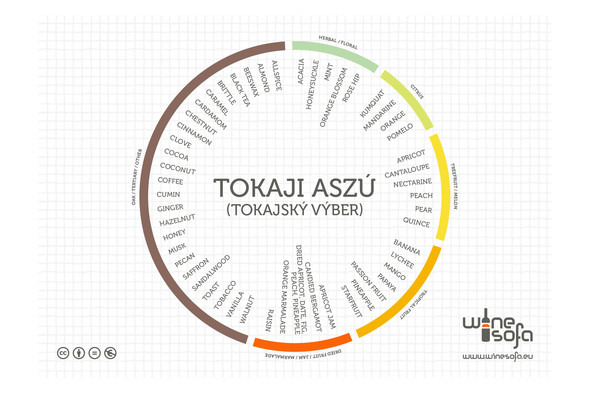To better understand the reactive components in wine, it is necessary to better define what aroma, taste and flavor represent.
Wine is one of the most civilized things in the world and one of the most natural things of the world that has been brought to the greatest perfection, and it offers a greater range for enjoyment and appreciation than, possibly, any other purely sensory thing. ― Ernest Hemingway
An aroma refers to an actual aromatic compound with a specific scent that can be identified by smelling. Every wine has many different aroma compounds. The aroma compounds in wine are called “stereoisomers” that chemically mirror real fruit smells. Each compound can affect the flavor of another or the overall flavor of a wine. Flavor is the brain’s association between what it smells through the nose, tastes with the tongue and feels in the mouth. The tongue only can sense taste and feel texture. It senses sweetness (the presence of sugar), sourness (the presence of acidity), bitterness and saltiness.






